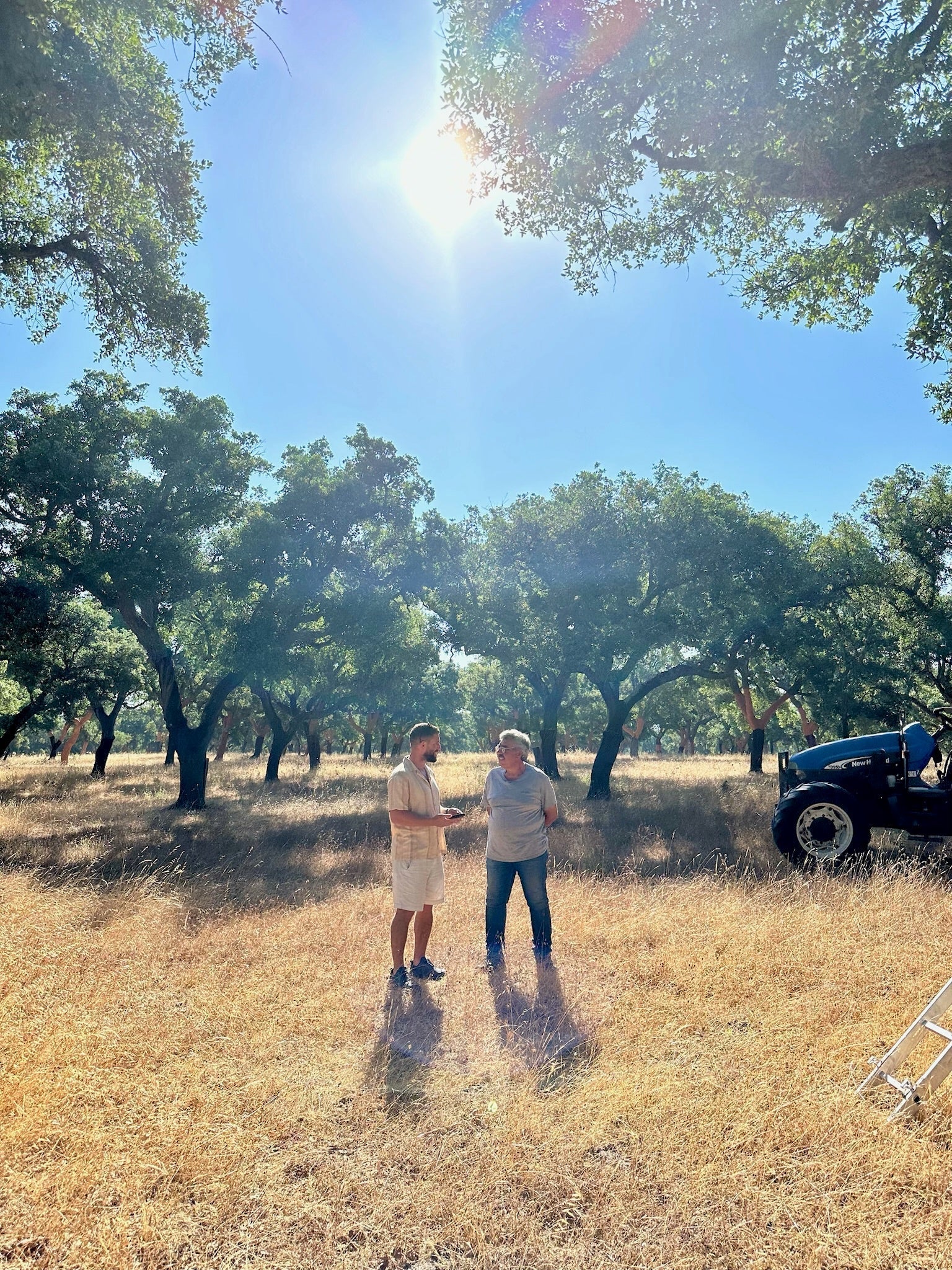G7 leaders recently announced that “our world must not only become net zero, but also nature positive, for the benefit of both people and the planet.”
This represents a real paradigm shift in how nations, businesses, investors and consumers view nature. In the past, the mantra among a growing number of inspired leaders has been to do less harm, to reduce impact and to tread lightly across our world. Of course, this mantra remains.
But now there is a new worldview gathering pace: "nature positive." This asks: What if we go beyond damage limitation? What if our economic activities not only minimize impact, but also enhance ecosystems?
A nature positive approach enriches biodiversity, stores carbon, purifies water and reduces pandemic risk. In short, a nature positive approach enhances the resilience of our planet and our societies.

Nature positive is a disruptive idea. It forces us to think differently about our place in the world. It is a destination for humanity. It is a foundation for good governance, long-term stable societies and healthy economies. It is a philosophy that values our common future. And it is a new business model based on regeneration, resilience and recirculation – not destruction and pollution.
A nature positive goal is not some dream to be realized many generations from now: it is a goal for the next decade. And it is increasingly important.
Farming, overfishing, mining and deforestation have now reached such a scale that they are reducing the resilience of the biosphere – the thin veil on the surface of Earth where life thrives. About half of habitable land on Earth is used for farming, resulting in the world's single largest source of greenhouse gases and ecosystem destruction. We are also exceeding planetary boundaries, creating a dual nature and climate emergency.
A nature positive approach contributes to solving both. At its heart, the goal is to halt and reverse the destruction of nature by 2030 with a full recovery of a resilient biosphere by 2050.
Momentum for a nature positive guiding star is building day by day. In addition to the G7, 88 heads of state have signed the Leaders Pledge for Nature to reverse loss of biodiversity by 2030. It is also a goal supported by 126 Nobel Laureates in the Our Planet, Our Future statement. More than 700 businesses have called for nations to reverse loss of nature as soon as possible. In the finance sector, the new Taskforce on Nature-related Financial Disclosures will help direct investments towards a nature positive future. And faith and youth leaders have issued manifestos calling for this decade to be a turning point towards living in harmony with nature.
Nature positive is now a movement.
And it makes business sense. The Future of Nature and Business report's estimates that a nature positive economy can unlock $10 trillion of business opportunities by transforming the three economic systems that are responsible for almost 80% of nature loss: food, infrastructure and energy.
But what does nature positive mean in practice?
Such a goal must include relevant, actionable targets that capture nature’s complexity and connectivity from genes to ecosystems. It will need targets to enhance the resilience of the processes that support life – the water, nitrogen, carbon and phosphorus cycles, to name just four. And it must be fair. Without equitable management of the global commons, we will not succeed.
A nature positive goal complements the agreed global climate target of net zero emissions by 2050. To achieve this, we need to halve emissions by 2030. But as climate science shows, it will not be enough. The only way to hold the 1.5°C line is to simultaneously cut emissions, safeguard natural carbon sinks and transform agriculture from one of the largest sources of greenhouse gases to a vital store of carbon.
This means that a nature positive goal is not only necessary and beneficial in its own right; it is a prerequisite for us to have any chance of delivering the Paris climate agreement. But any definition of “net” nature positive must clearly state companies and countries cannot destroy nature in one place and restore elsewhere. This is simply unacceptable and will rightly be open to criticism of “greenwashing.”
This means governments, cities and businesses need to know what to measure. Science-based targets for a nature positive trajectory are still under intense discussion. As of today, the proposed quantitative targets are as follows: zero loss of nature from 2020 onwards, nature positive by 2030, and full recovery by 2050.

An important step towards this is to aim to protect 30% of the land and ocean by 2030. The G7 committed to this goal, paving the way for an international agreement later this year in Kunming, China, when nations will meet to agree goals to protect biodiversity as part of the United Nations Convention on Biological Diversity.
Leaders will meet again in Glasgow in November for the COP26 climate summit. Here, the COP26 leadership under the UK and Italian governments are committed to place nature at the same level as climate, driven by the nature positive framing.
Nation states make up one part of the picture. Businesses, investors and cities must also adopt nature positive targets. Within the Global Commons Alliance, which we represent, the Science Based Targets Network (SBTN) is accelerating this process. Already, companies can join SBTN to prepare to set targets for nature based on a simple three-step process: discover their impact, evolve their business model to become nature positive, and track their progress. SBTN also plan to develop the tools for cities, too.
Given the complexity, scientific uncertainties remain regarding some of the precise targets to achieve such audacious goals – from companies to countries. This is no excuse for inaction. Targets must be flexible enough to evolve as new scientific information comes to light.
Within the Global Commons Alliance we have created the Earth Commission to do just that. It brings together world leading expertise to identify for the first time a “safe and just corridor for humanity”. It will present its conclusions in 2022, but in the meantime, we have enough information to act now and create a nature positive future.
Source: World Economic Forum



